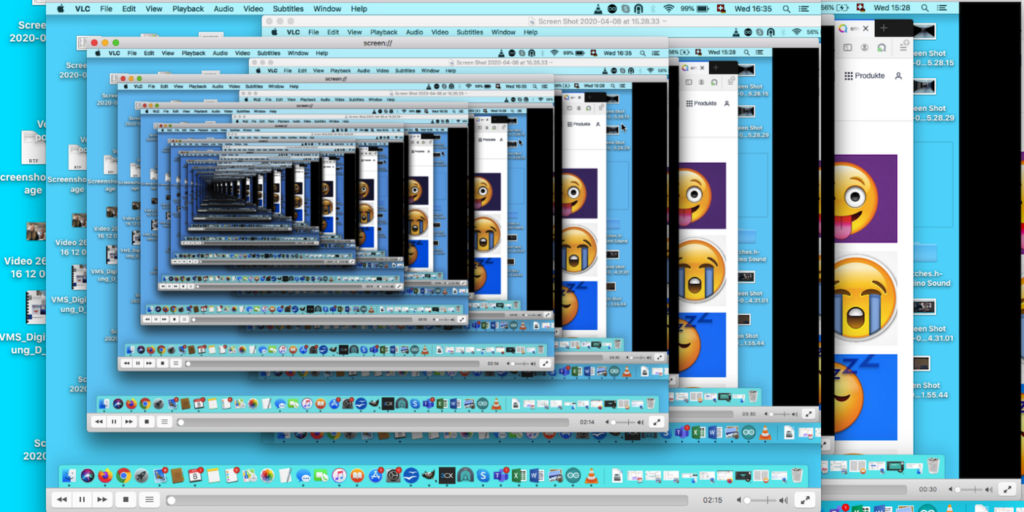Adnan presented the boattr project during the EI 2019 conference.
Founded in 1947, the Society for Imaging Science and Technology (imaging.org) is a professional international organization dedicated to keeping members and others apprised of the latest scientific and technological developments in the field of imaging through conferences, educational programs, publications, and its website.
IS&T encompasses all aspects of imaging science, with particular emphasis on digital printing, electronic imaging, color science, image preservation, photofinishing, pre-press technologies, hybrid imaging systems, and silver halide research.
History
In 1947 a group of 81 researchers from the National Archives, US Navy, National Bureau of Standards, Signal Corp Engineering Laboratory, Massachusetts Institute of Technology, Georgetown University, Bell & Howell Co., and Eastman Kodak Co.—to name a few—worked together to form the Society of Photographic Engineers. The goal was to establish a society to concentrate on publishing scientific papers in the area of photographic engineering. Before this, papers where published in a multitude of publications mixed with other papers of various non-related material. The membership more then doubled before 1950. The first issue of “Photographic Engineering” was published in January 1950.
As a result of “Photographic Engineering”, the newly formed Society was able to bring in 18 corporate members, including Bell & Howell Co., Eastman Kodak Co., Bausch & Lomb Optical, Graflex Inc., and Kollmorgan Optical. By the end of 1950 the Society had 33 corporate and more than 270 individual members.
The Society of Photographic Engineers changed it’s name in April 1957 to the Society of Photographic Scientists and Engineers (SPSE). Shortly thereafter the first issue of the “Journal of Photographic Scientists and Engineers” was published. On Jan. 29, 1992, the name of the Society was changed to the Society for Imaging Science and Technology (IS&T).

